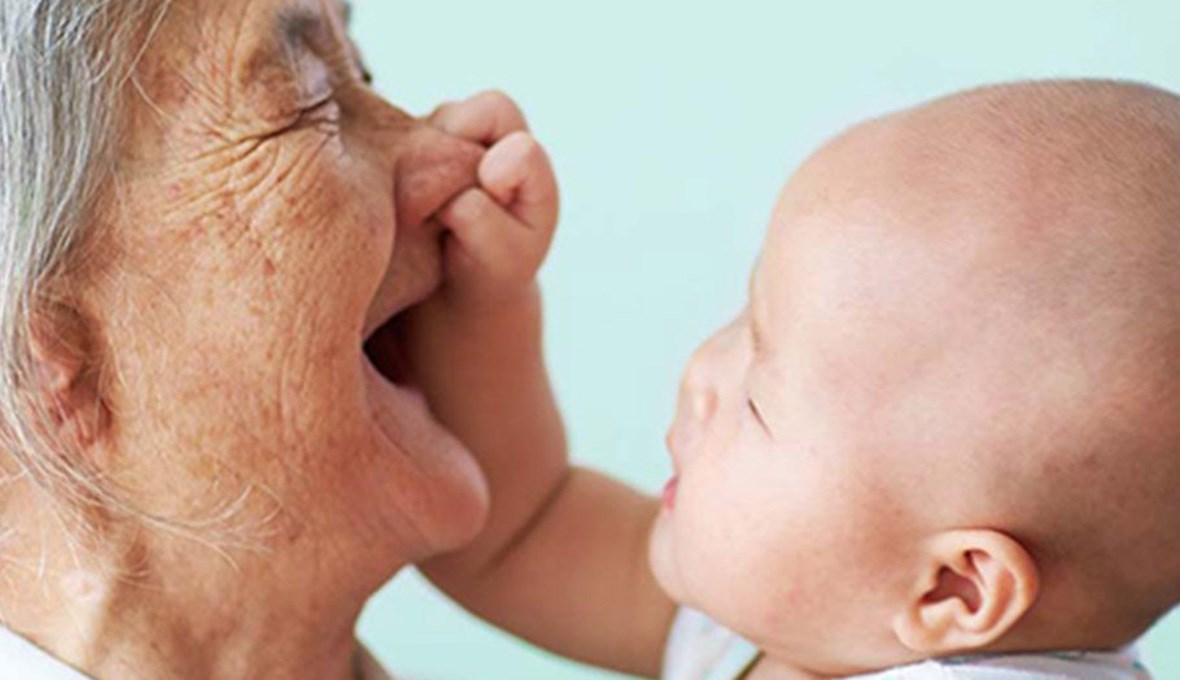Fragile Skin/Tear
A skin tear usually occurs in the elderly or those with fragile skin, as a result of a bumping into something, dressing changes with inappropriate dressings, or vigorous washing and drying of the skin.

The epidermis (outer layer of the skin) is separated from the dermis (inner layer of the skin), or both the dermis and the epidermis are separated from the underlying tissue.
Tears can be simple such as a split in the skin, or be more complex, to include skin loss, blood clots, and bruising. Skin tears mainly occur on the arms and legs, but can occur on any area that is bumped or scraped. Skin tears found on the front of the leg on the shin bone are called ‘pre-tibial lacerations’.
If you are elderly, you are more at risk of getting a skin tear as older skin has less collagen and elastin, which shows as sagging and wrinkling. This makes the skin less able to withstand normal wear and tear, so a simple bump will cause the skin to rip. Steroids can also cause the skin to thin, making it more at risk of tearing.
There are different categories of skin tears depending on the symptoms of the skin flap. Treatment will vary; the skin flap will be removed if the edges are fragile and there is a poor blood supply, or it may be left in place. A health professional will choose the best treatment for you.
Consulting a healthcare provider
If you think you or your loved one has a skin tear, then use basic wound care techniques. If you are unsure about a wound that persists or a skin flap that doesn’t appear to be healing, then you should also consult a provider. While you are caring for your wound at home per your provider’s instructions and the wound gets worse or persists or if there are signs of infection such as redness, swelling, fever, pain or burning, increased drainage, becomes warm to the touch, then consult a health care provider.
Join our mailing list
Receive the latest information on product offerings, receive coupons, news and more at home care tips.












